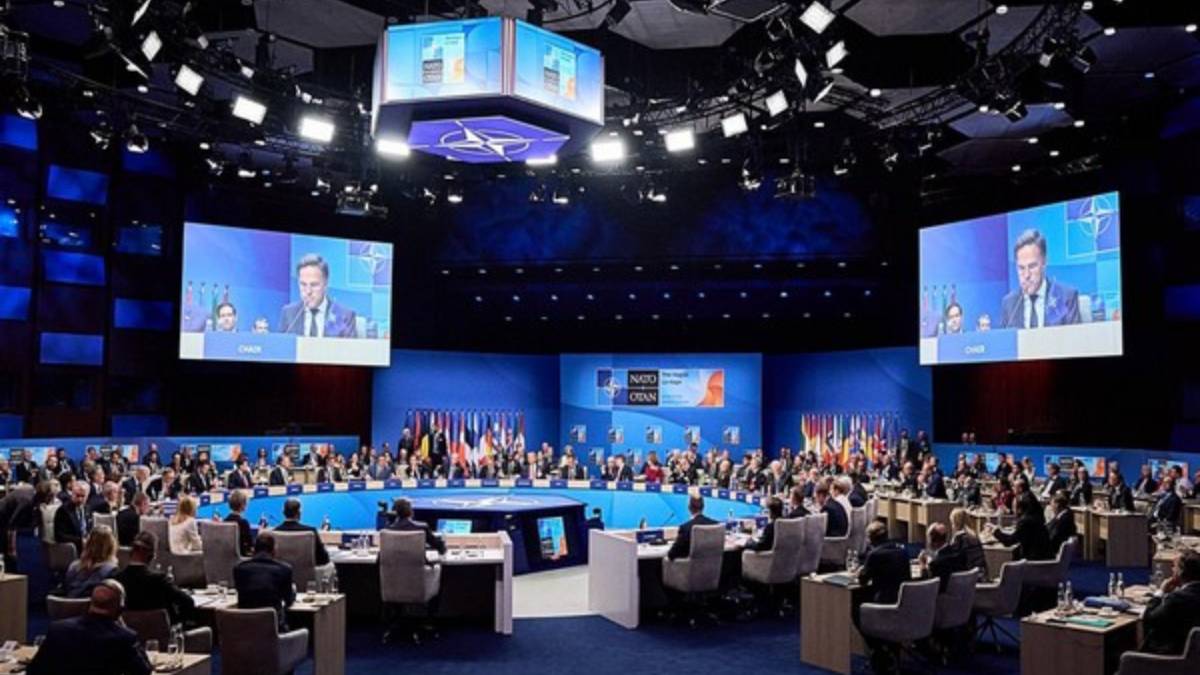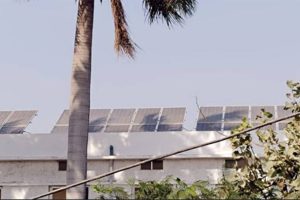In a landmark move to strengthen collective defence, NATO member states have pledged to allocate 5 per cent of their GDP annually toward defence and security-related sectors by 2035, according to The Hague Summit Declaration released on Wednesday.
The decision, endorsed by the 32 Heads of State and Government of the alliance, underscores NATO’s response to evolving global threats, particularly the long-term challenge posed by Russia and persistent terrorism risks. The declaration reiterates the alliance’s unwavering commitment to Article 5 of the Washington Treaty—stating that an attack on one NATO member is an attack on all.
“We remain united and steadfast in our resolve to protect our one billion citizens, defend the Alliance, and safeguard our freedom and democracy,” the statement read.
Breakdown of the 5% Commitment:
- At least 3.5% of GDP will be dedicated to core defence requirements and meeting NATO Capability Targets. Member states must submit annual plans outlining their progress.
- Up to 1.5% will be allocated for:
- Protecting critical infrastructure
- Cyber and network defence
- Civil preparedness and resilience
- Innovation
- Strengthening the defence industrial base
A review of this spending plan is scheduled for 2029, allowing for adjustments based on evolving strategic conditions.
This new target marks a significant increase from NATO’s earlier 2% GDP defence spending benchmark, initially adopted after Russia’s 2022 invasion of Ukraine. While many allies support the new goal, not all members are on board.
Spain has publicly announced it will not adopt the 5% commitment, instead sticking to the 2% goal. Spanish Prime Minister Pedro Sanchez stated that the country is currently not in a position to meet the new target. As of 2024, Spain spends only 1.24% of its GDP on defence, the lowest among NATO members, according to Al Jazeera.
Despite the internal differences, the 5% pledge marks a bold step for NATO as it seeks to modernise and reinforce its defence posture in an increasingly unstable global security environment.





